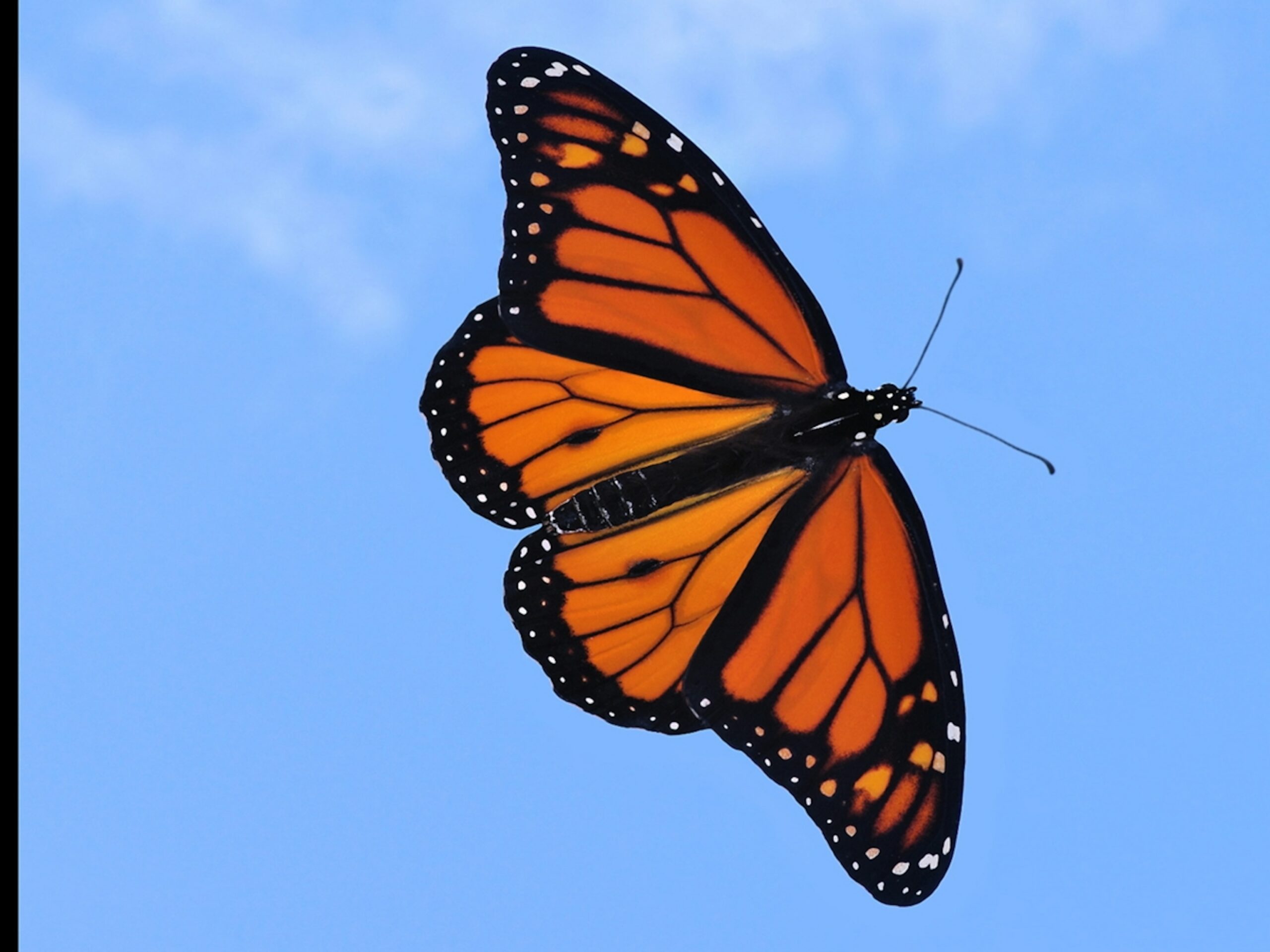Thermal imaging technology has burgeoned into a vital tool across diverse sectors, leveraging the principles of infrared radiation to reveal temperature variations otherwise obscured to the naked eye. As researchers delve deeper into the mechanisms by which nature operates, particularly in the realm of thermoregulation and visual signaling, inspiration derived from biological systems emerges as a potent catalyst for innovation. Among the myriad examples that national discussions of biomimicry navigate is the remarkable adaptability of the monarch butterfly and its sophisticated means of thermoregulation. This article elucidates the intersection between these exquisite insects and the evolution of thermal imaging technology, ultimately positing that the natural world serves as a blueprint for human ingenuity.
At the junction of ethology and engineering, the investigation into the thermal properties of the monarch butterfly is particularly illuminating. Monarchs are remarkable for their long-distance migratory patterns, spanning thousands of miles between breeding and wintering grounds. A key challenge encountered by these lepidopterans during migration involves thermoregulation; they must maintain optimal body temperatures to sustain prolonged flights. Unlike endothermic organisms, which generate heat internally, butterflies rely on environmental thermal gradients to modulate their body temperatures. They accomplish this by basking in sunlight and aligning themselves appropriately to absorb maximal solar radiation. This behavioral adaptation not only enhances their survival during migratory journeys but also offers valuable insights into the potentials of thermal imaging technologies.
Thermal imaging cameras detect infrared radiation, which is emitted by all objects as a function of their temperature. The nuances in emitted infrared radiation provide a wealth of data, allowing for the mapping of temperature differentials in various materials and environments. In essence, this capability mirrors the instinctive habits displayed by monarchs; the efficacy of thermal imaging stems from understanding how heat interacts with particular surfaces and the ambient milieu. Researchers have begun to adopt butterfly-inspired methodologies to enhance the precision and efficacy of thermal imaging. By employing algorithms that mimic the visual processing pathways in butterfly neural networks, engineers are designing devices that can discern even the most minuscule temperature fluctuations.
Furthermore, the application of thermal imaging technology has permeated fields such as medicine, architecture, and environmental monitoring. In medical diagnostics, thermal imaging provides non-invasive methods for identifying conditions affecting blood flow, inflammation, or infection. By visualizing thermal patterns, practitioners can discern underlying pathologies that may not be readily observable through conventional diagnostic techniques. This process echoes the monarch’s ability to strategize its migratory patterns based on variable temperature zones, indicating the potential for adaptive traits to inspire innovative medical technologies.
In architecture and construction, thermal imaging has been instrumental in enhancing energy efficiency. The capacity to detect heat loss in buildings permits the identification of insulation deficiencies, thereby facilitating corrective measures to optimize energy usage. Such techniques resonate with how monarch butterflies ensure their own thermal efficiency during migration, presenting a model by which the integration of biological principles into building design can lead to more sustainable practices. This engenders a paradigm where nature not only informs design but enhances technological sustainability in various domains.
The environmental ramifications of thermal imaging extend to wildlife conservation and ecological studies. Thermal imaging devices, inspired by the principles exhibited by the monarch butterfly, can be utilized to monitor animal populations or track migratory patterns without the intrusive presence of human observers. For instance, researchers have employed thermal cameras to document the behaviors of nocturnal species, shedding light on their ecology while minimizing human interference. This capability reinforces the significance of preserving habitats crucial for the survival of migratory species, paralleling the monarch’s dependency on various environmental conditions for successful migration.
The emergence of advanced materials synthesized to replicate the butterfly’s structural coloration and thermal properties represents yet another innovative engagement with the principles that dictate natural phenomena. The scales of the monarch butterfly exhibit remarkable structural coloration due to their intricate arrangement, a concept that is being explored in the development of energy-efficient materials. By engineering polymers that can mimic these structures, researchers aim to create surfaces that can reflect or absorb heat in targeted manners, optimizing thermal management in various applications.
However, as with any transformative technology, the deployment of thermal imaging inspired by natural phenomena necessitates a rigorous ethical examination. Issues regarding privacy, surveillance, and the potential for misuse loom large in discussions surrounding the proliferation of such technologies. While the monarch butterfly provides an inspirational model of adaptation and survival, its incorporation into human applications must be navigated with a judicious awareness of the resultant societal implications.
In conclusion, the monarch butterfly exemplifies an unparalleled model of adaptation that has dramatically influenced the development and application of thermal imaging technologies. By observing how these insects navigate complex environmental cues and thermoregulate their bodies, researchers have paved the way for innovations in medicine, architecture, and environmental monitoring. The interdisciplinary synergy that arises from such studies reinforces the notion that nature not only inspires technological advancement but also serves as an essential guide to sustainable practices. Moving forward, embracing biomimicry while balancing ethical considerations will be paramount as society continues to harness the wisdom embedded in the natural world for the benefit of humanity.










